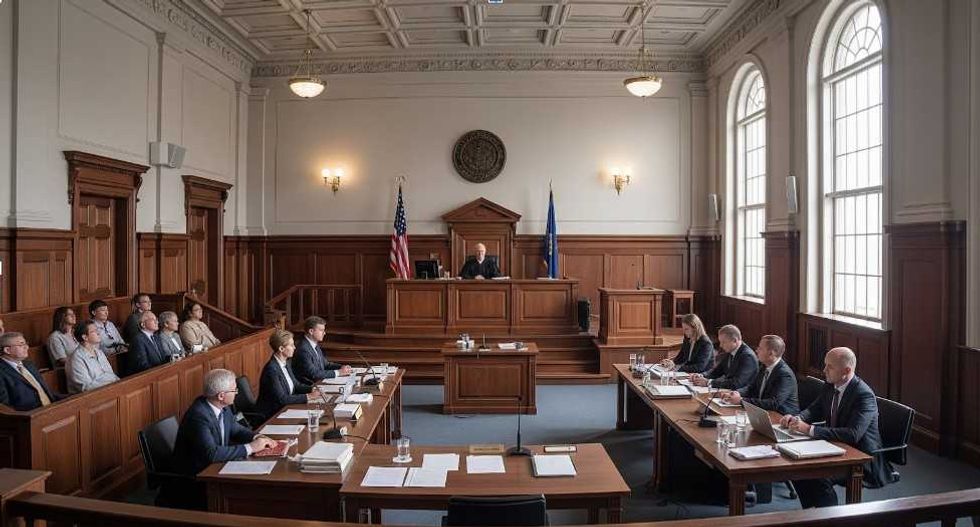“You are tearing me apart, Lisa!” – The infamous line from "The Room" heard around the world. Also, it is the name of a chapter from the book, "The Disaster Artist," written by Greg Sestero and Tom Bissell. It is not only a story featuring behind-the-scenes trivia, but approaches the American Dream, taking on Hollywood, and an unlikely friendship through a unique narrative.
I had first seen "The Room" in 2010, at the urging of a friend, who had me believe that it was a masterpiece. As the first scene progressed, I quickly realized that he had been joking, and that this was, by all means, a terrible movie, but somehow enjoyable at the same time. It had a ridiculous storyline, unbelievable characters, and laughable dialogue. However, these reasons are why "The Room" became a cult phenomenon.
Behind the cinematic disaster is the mysterious Tommy Wiseau, who wrote, produced, directed and starred in the film. Before reading the book, I had read and heard many rumors about him, such as how he got the funding to produce "The Room," where he was from, and the origins of his last name. Greg Sestero (Mark) does the best of his ability to address the many questions about Tommy, of which he does not know the truth in its entirety. I have heard from friends who had gone to "The Room" screenings that Tommy is crazy, and because of Sestero’s account, I have come to see what they mean.
In "The Disaster Artist," we get to learn about the making of the film from Sestero’s viewpoint. The story is more than just the observations of a co-star, but as a “line producer" (despite that neither he nor Tommy knew what that meant), and a friend of Tommy’s. While I had known about the existence of this book for about a year, I had always assumed that it solely revolved around behind-the-scenes trivia. Not only did it cover that, it contained two timelines, one of which followed Sestero’s pursuit of acting and eventual friendship with Tommy, and one of which followed the making of "The Room." Near the end, the two timelines connect.
Each chapter is introduced with a quote from "Sunset Boulevard" or "The Talented Mr. Ripley," and if you know either film, you know that they will provide further insight into Tommy’s character. Interestingly enough, it was the latter that inspired Tommy to write the script for "The Room," impressed by its enthralling story and memorable themes. If you don’t already have sympathy for the actors, you will gain some (or it will increase tenfold) when reading the book. Not only did they have to utter lines like, “Leave your stupid comments in your pocket” (and were not allowed to make them better), they had to watch the filming of other scenes regardless of whether or not they were in them and act with Tommy himself. If you think the atrocity of his acting was the worst of it, you will be surprised to learn that this was not the case.
Tommy would show up to the set at least three hours late (but expect his cast and crew to be on time), spied on everybody through a hired videographer, and often flared up his temper, which showed up, most notably, in the party scene. Surprisingly, he had the money to hire a professional crew, but because of his strict direction and lack of knowledge with production technology, they were unable to provide the best quality they were capable of. Crew members and actors were replaced throughout the process.
Between the two timelines, Sestero’s breaking into the industry and befriending Tommy was slow compared to the making of "The Room." Nevertheless, I managed to become interested in Sestero’s personal pursuits. Prior to reading the book, I had no idea that Sestero and Tommy were friends. It was actually because of Tommy that he was able to move to Los Angeles.
I recommend this book for any fan of "The Room." You will never watch the film the same way again, knowing the truth about some of those scenes. Tommy Wiseau will remain a fascination, and you won’t be able to refrain from admiring Sestero for both pursuing his passions and having the patience to befriend a weirdo. We even learn that, at one point, Sestero managed to embarrass Tommy.
What I wish "The Disaster Artist" had covered was the aftermath of the film’s release, what it did to Sestero’s acting career, and how it affected his and Tommy’s friendship. These wonderings are probably left to interviews, videos (where you can sometimes hear him do Tommy impressions), and the film adaptation of the book. Soon enough, I plan to buy the critically acclaimed audiobook to hear Sestero himself recount his story because I just can’t get enough of the real-life caricature that is Tommy Wiseau.





















